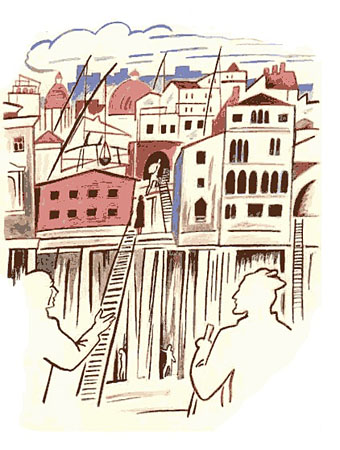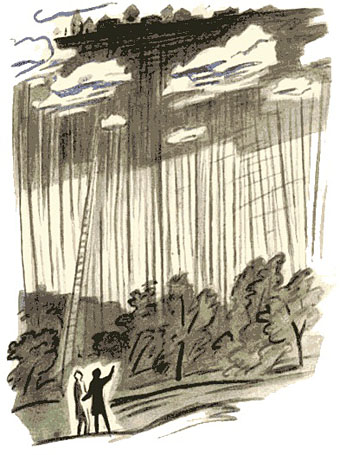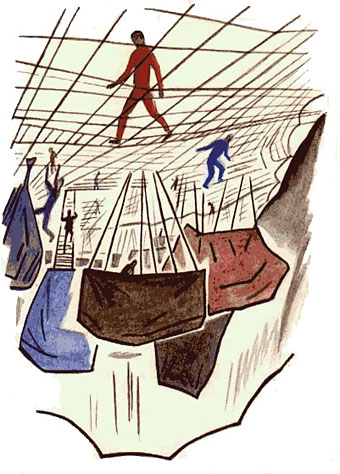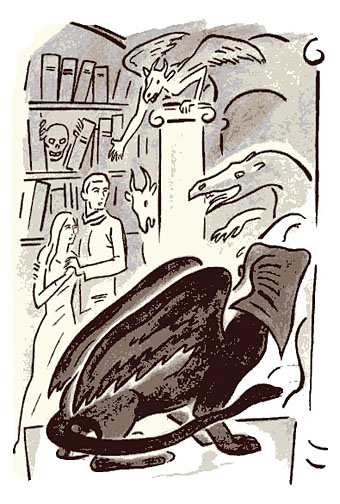
Thin Cities 2: Zenobia.
I’ve a lot of work to get through this week so the theme will be illustrated Calvino, and that means looking at various renderings of the Invisible Cities. Calvino’s novel has many attractions for illustrators, at least superficially: all those descriptions, the endless variety and invention. Whether the book should be illustrated at all is another matter. The conversations between Marco Polo and Kublai Khan that bracket each chapter return continually to the veracity of the Venetian’s descriptions; this in turn places each city in a nebulous zone where the reader may see the places described as being simultaneously an actual place and a fabrication. And then there’s the question of Calvino’s anachronisms, with mentions of railway stations and the like… Visual adaptations of elusive fictions have a tendency to literalise the subject in a manner that isn’t always to the benefit of the book.
With that proviso in mind, this first selection of drawings are by a Russian artist, Mikhail Viesel, who illustrates each of the cities. All may be seen at this page with section titles in English although the text for each picture is in Russian.

Cities and Eyes 3: Baucis.

Thin Cities 5: Octavia.

Hidden Cities 4: Theodora.
Elsewhere on { feuilleton }
• The illustrators archive
Previously on { feuilleton }
• Bookmark: Italo Calvino
• Crossed destinies revisted
• Crossed destinies: when the Quays met Calvino
• Tressants: the Calvino Hotel
